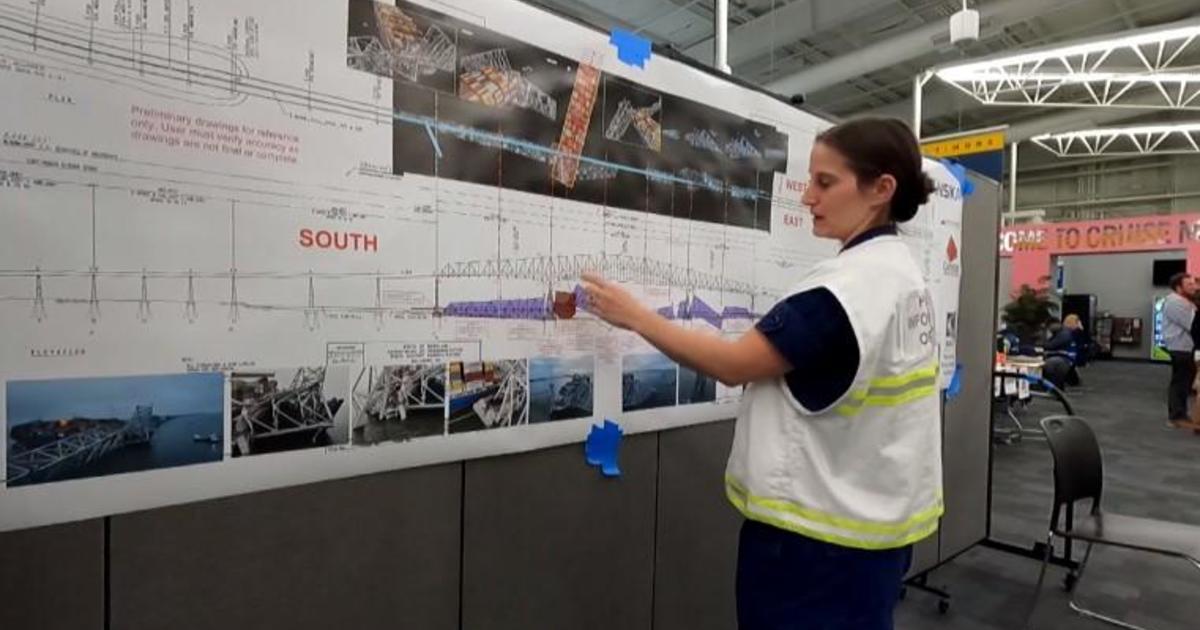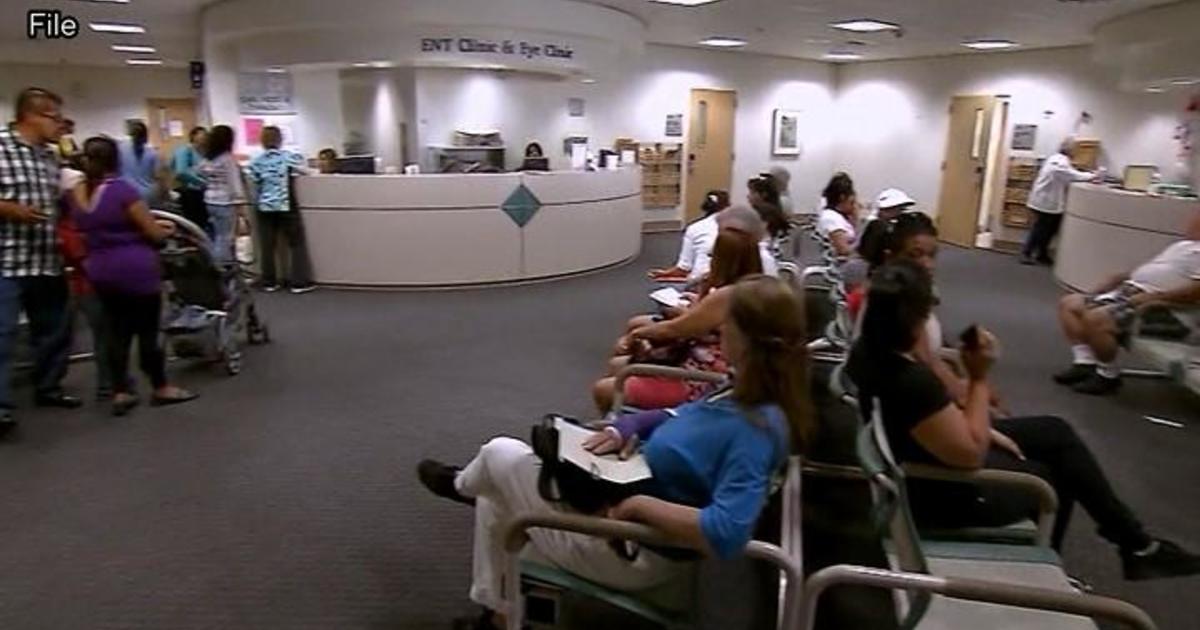Salt From Recent Storms Now Making Its Way Into Waterways
BALTIMORE (WJZ) -- A week ago, hundreds of trucks were being loaded with salt. When heavy snows came the next day, that salt hit the roads.
Alex DeMetrick reports it's now hitting area waterways.
When the forecast was calling for the heaviest snow of the winter last week, trucks loaded up the weapon of choice to melt it---and along the thousands of miles of Maryland roadways, salt did the job...turning snow and ice into briny water that is now entering streams and soaking into the ground.
"Drinking water, whether it's in the ground water that people use in their wells for their homes; public water systems with surface water like reservoirs can get in there and raise salt levels as well," said Jay Apperson, Maryland Department of the Environment.
Water safe to drink---but salt builds up. There was a warning last year.
"Over the last 30 years, the levels have doubled in Loch Raven Reservoir, so it's working its way up and we need to deal with it," said former MDE Secretary Bob Summers.
To deal with it, the Department of the Environment works closely with agencies that treat the roads.
"We work with State Highways to develop plans for the best way to apply road salt. We've studied that," Apperson said.
Meaning using no more salt than necessary.
"The balance is use enough to get the job done and keep roads safe and citizens safe without unduly affecting the environment," Apperson said.
Because it's a lot easier to get salt on roads than to get it out of water. Reducing it in every drop is also a lot cheaper than removing it with expensive treatments later.
Because the Chesapeake is naturally brackish, road salt is not considered a threat to the bay.



